1. Early Teddy Bears Weren’t for Kids
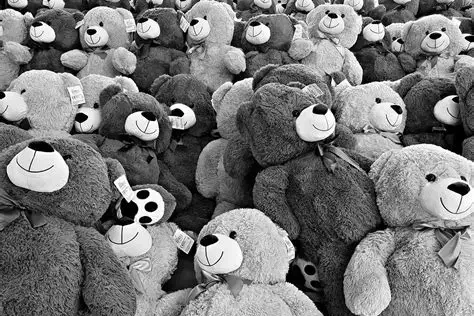
Although we think of teddy bears as children’s toys, they were originally designed for adults. In the early 20th century, teddy bears were displayed in shop windows as fashionable novelties and often exchanged as romantic gifts. Their presence symbolized playfulness and sophistication rather than being destined for nurseries. It was only later, as their popularity soared, that toy companies began marketing them as companions for children. This shift changed the teddy bear’s image from an adult curiosity to a child’s comfort item, and from there, the teddy became a household staple across generations and cultures around the world.
2. The Teddy Bear Was Born from a Presidential Pardon
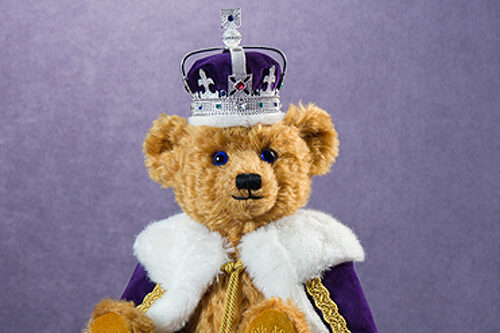
King Charles III has just unveiled a limited-edition teddy bear with a royal price tag of $500, sparking renewed interest in the plush companion’s fascinating past. The teddy bear has been around for more than 120 years, and its story began in 1902 when President Theodore Roosevelt refused to shoot a tied-up bear during a hunting trip. A cartoonist captured the moment, inspiring shopkeepers Morris and Rose Michtom to create “Teddy’s Bear.” What started as a novelty soon grew into an enduring symbol of comfort, nostalgia, and a cultural icon beloved worldwide.
3. Winnie-the-Pooh Was a Real Bear
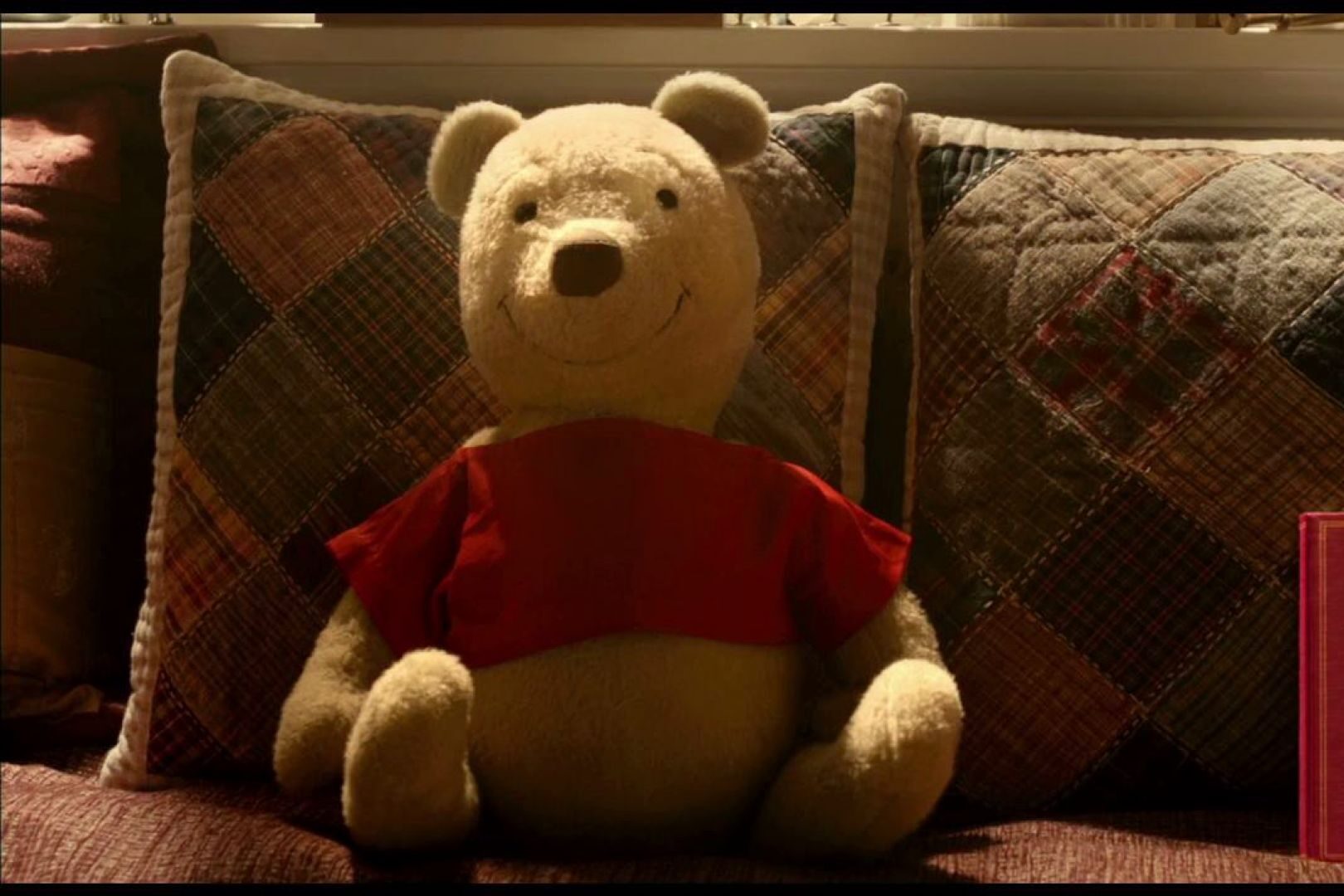
Few realize that Winnie-the-Pooh’s charm traces back to a real bear named Winnie. She was a black bear brought from Canada to the London Zoo, where she quickly became a favorite attraction. Young Christopher Robin Milne adored her and renamed his own stuffed bear in her honor. His father, author A.A. Milne, later used this stuffed toy as the muse for the timeless Winnie-the-Pooh stories. The blend of imagination, innocence, and a real animal’s influence turned the character into one of the most beloved children’s figures, making teddy bears part of the literary and cultural imagination forever.
4. Germany Invented the Moveable-Limb Bear
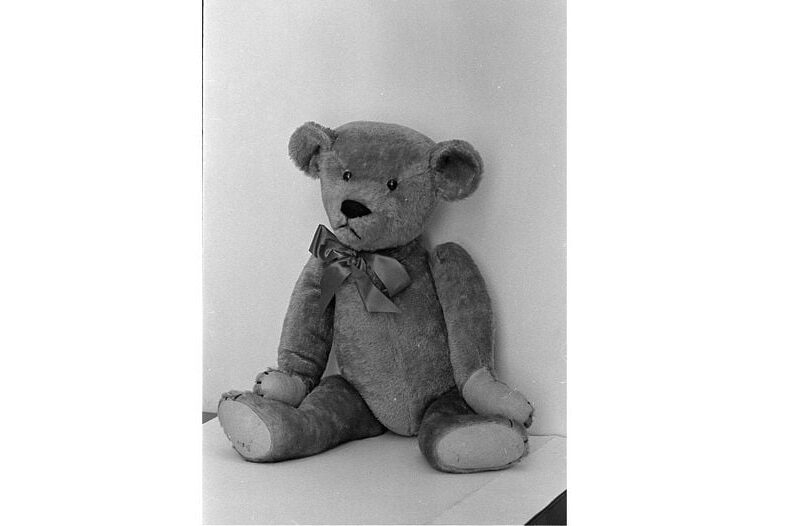
At nearly the same time Roosevelt inspired the name in America, German toymaker Richard Steiff introduced innovation to the design. His 1902 creation, known as the “55 PB,” was crafted with mohair and movable joints, allowing the bear to sit, stand, and pose in ways that fascinated children and adults alike. This new flexibility helped teddy bears stand apart from ordinary plush toys, turning them into cherished keepsakes. Collectors today still treasure the charm and craftsmanship of early German designs, which shaped how people came to see teddy bears as more than toys but also as works of art.
5. A Teddy Has Been to Space
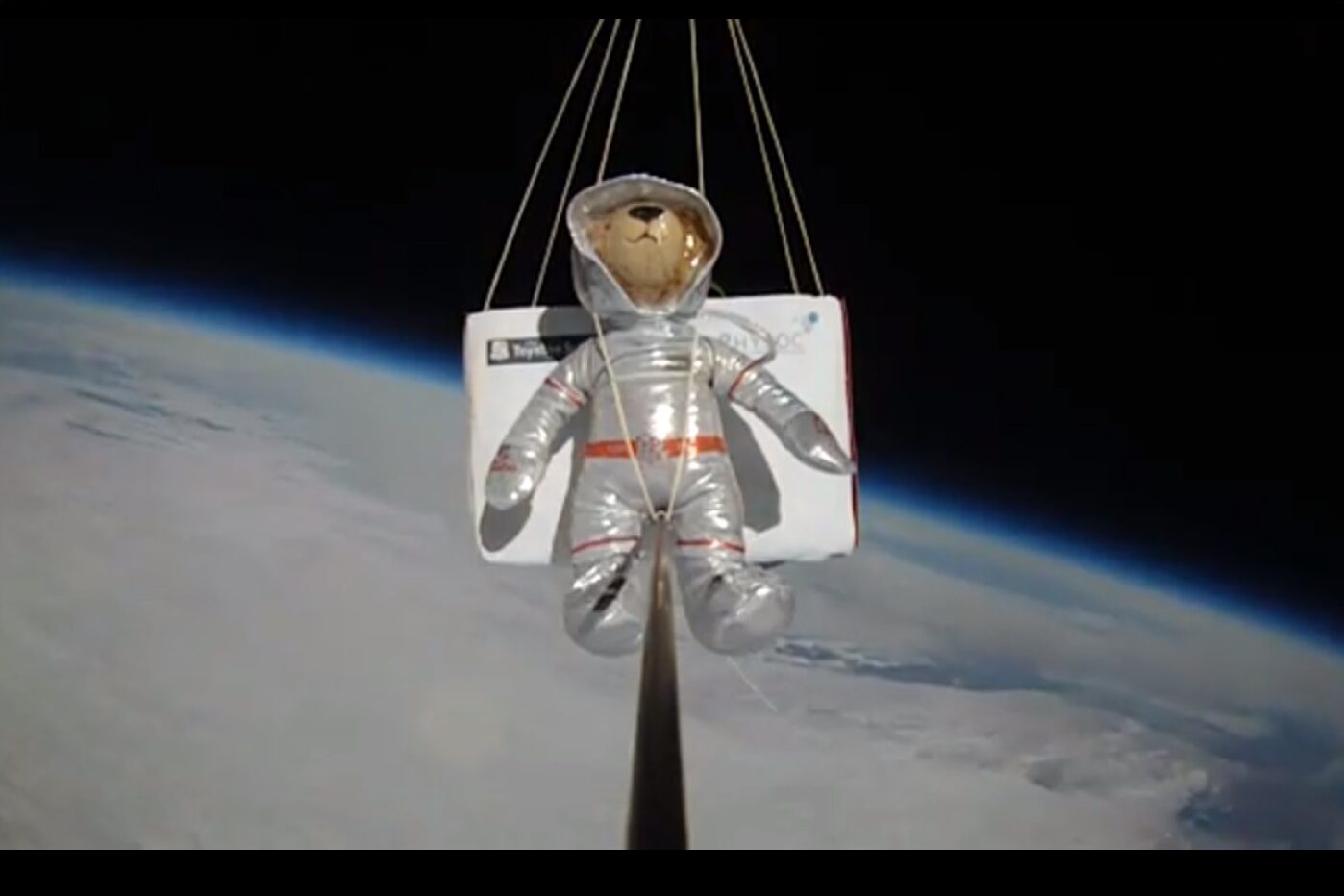
Teddy bears have even traveled beyond Earth. Over the years, astronauts and scientists have taken them aboard missions as mascots and as zero-gravity indicators. Their floating presence inside spacecraft provided both a whimsical touch and a practical signal of weightlessness. Beyond their technical role, they served as small reminders of home, easing the tension of exploration in the vast unknown. It shows that the teddy bear’s significance stretches far beyond bedrooms and collections. Even in the extraordinary environment of space, a teddy bear remains a comforting symbol of humanity’s need for warmth, familiarity, and small moments of joy.
6. The Titanic Had Its Own Bear Tribute
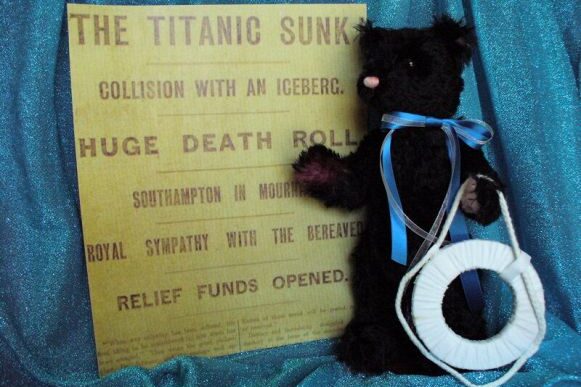
After the Titanic’s tragic sinking in 1912, German toymaker Steiff created a limited series of black mohair mourning bears. These bears, with their solemn design, were intended as a tribute to the event and the lives lost at sea. Only a few hundred were ever produced, making them some of the rarest and most valuable teddy bears today. Their somber purpose and scarcity elevate their importance, serving as both collectibles and historical reminders. They show how teddy bears, though often associated with joy, have also been used to express grief, remembrance, and the shared emotions of society during tragedy.
7. The Queen Had a Lifelong Teddy
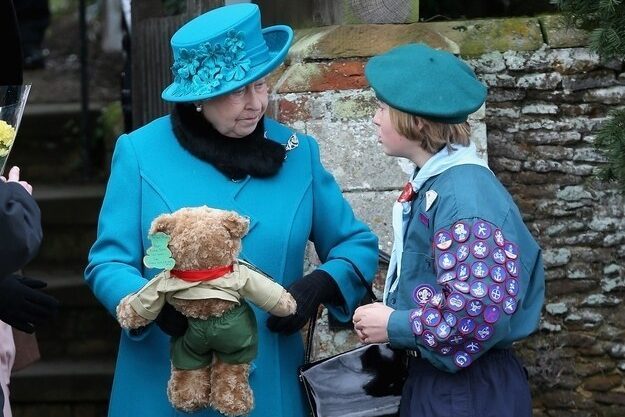
Even royalty found comfort in teddy bears. Queen Elizabeth II reportedly kept her childhood teddy well into adulthood, relying on it for quiet reassurance. Her dresser, Angela Kelly, was said to occasionally perform repairs to keep it in good condition, treating it almost like a member of the household. This lifelong bond with a simple bear highlights the emotional depth these plush companions can hold. It reminds us that no matter the crown, title, or wealth, a teddy bear can serve as a constant symbol of stability, innocence, and personal connection that never truly fades with time.
8. Soldiers Took Teddies to War
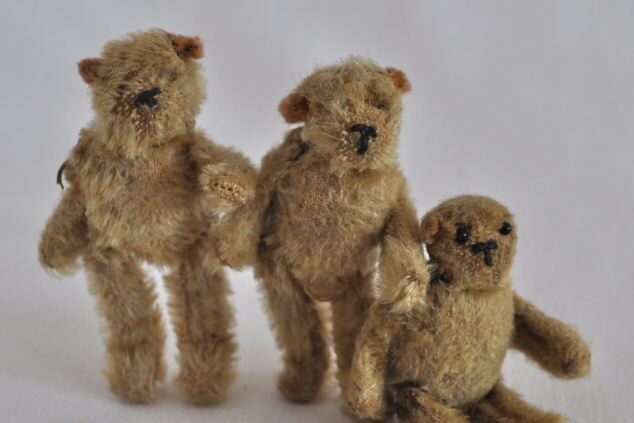
During the World Wars, teddy bears were far more than toys. Many soldiers carried small bears in their pockets, often sewn by mothers, wives, or sweethearts before deployment. These little companions became tangible links to home, providing comfort during the harshest conditions. In the trenches, teddy bears were symbols of love, memory, and protection. Some soldiers even wrote about them in letters, describing how these small stuffed figures gave them courage and reminded them of why they fought. It demonstrates how teddy bears have long been more than fabric and stuffing, but vessels of human hope and sentiment.
9. Harrods Has Released a Christmas Bear Every Year Since 1986
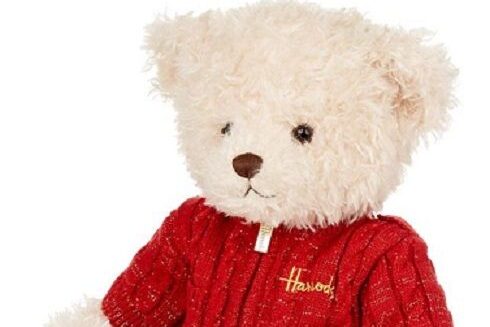
Since 1986, London’s famous department store Harrods has introduced a special Christmas bear each year, complete with unique outfits and names. This tradition quickly became a beloved holiday custom for collectors and families alike. The very first bear, named Snowy, is now incredibly rare and sells for high prices in the secondary market. These annual bears are more than seasonal decorations. They act as memory markers, each one representing a year of festive celebrations. Families have passed them down across generations, turning them into cherished traditions stitched with nostalgia and stories that extend beyond Christmas itself.
10. There’s a Teddy Bear Museum in Japan
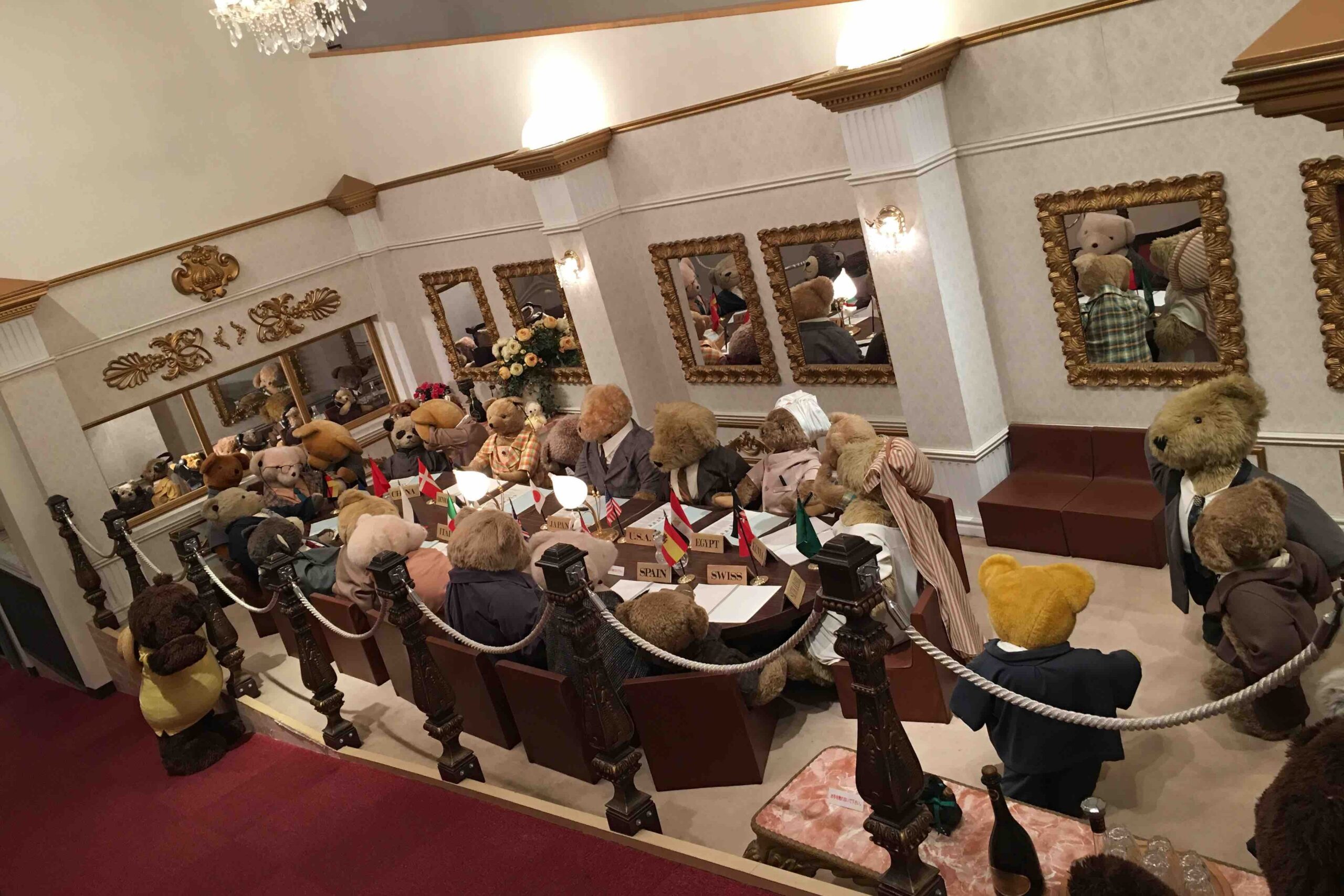
Teddy bears are so celebrated that they even have museums dedicated to them. In Japan, the Hida Takayama Teddy Bear Museum showcases rare antique bears, creative dioramas, and themed exhibitions. Visitors are treated to displays that highlight the teddy’s cultural journey, from childhood toy to art piece. The museum attracts people from all over the world who come to honor the history and whimsy of these beloved companions. It shows how teddy bears transcend borders, becoming a universal language of comfort and joy. Perhaps that is why their story continues to grow, stitched softly into history.
This story 10 Things You Never Knew About Teddy Bears was first published on Daily FETCH


